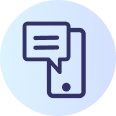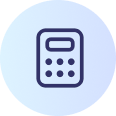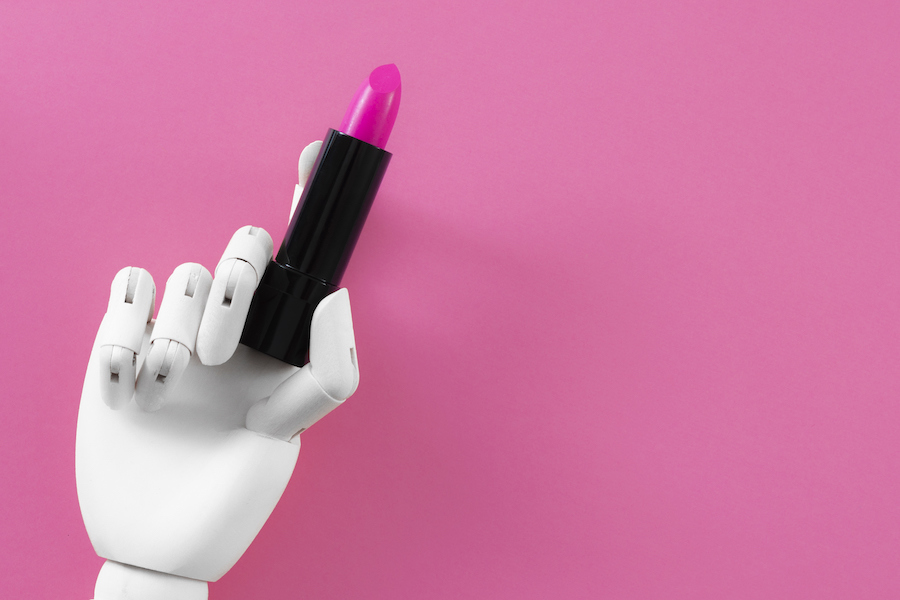Businesses across various industries are embracing the power of Artificial Intelligence (AI) to streamline processes and enhance customer experiences. The salon industry is no exception. By automating manual tasks and leveraging Artificial Intelligence-powered solutions, salon businesses can save time, improve productivity, and deliver personalized beauty solutions.
In this article, we’ll explore diverse use cases and then address common myths surrounding Artificial Intelligence-powered automation.
9 Ways to Leverage AI-Powered Automation in Your Salon Business
Many salon business functions can be streamlined or automated with the right conversational AI software. Let’s look at specific applications and benefits.
1. Lead Conversion
Effectively reaching and engaging the right customers at the right time is a common challenge for salons, spas and med spas. With a vast pool of potential customers, it becomes crucial to target those who are most likely to connect with your brand. The solution lies in leveraging conversational AI technology to identify and engage customer segments based on their specific demographics and preferences.
These tools allow you to deliver targeted messages to the precise audiences when they are most receptive. For instance, one strategy involves identifying customers who have made previous purchases but haven’t visited your business recently. By tailoring special incentives to target them, you can entice them back and generate additional revenue from what would have otherwise been considered lost customers. These automated solutions, combined with other proven tactics, enable you to optimize your resources and drive revenue growth. By embracing AI-powered digital marketing, you can consistently reach the right audience and maximize your results.
2. Customer Service
AI salon booking software and customer service tools automate tasks such as appointment scheduling and handling customer inquiries. This not only saves time but also ensures prompt and accurate responses, enhancing the overall customer experience. Salon businesses can also leverage AI to automate feedback collection and surveys, gathering valuable data to tailor experiences and identify areas for improvement. AI chatbots can answer missed calls, engage callers through SMS and then allow them to schedule in the test thread. Self-service booking via text is more mobile friendly than online salon booking software – and it integrates so the appointments booked via text shows up in your scheduling system.
3. Inventory Management
Managing retail product sales can be a complex task, especially considering the ever-changing preferences and demands of customers. To simplify this process, AI solutions streamline inventory management and optimize sales.
An advanced inventory management system automates the purchasing and receiving of goods, removing the guesswork associated with forecasting consumer demand. By taking into account seasonal trends and evolving needs, retailers can make informed decisions about the quantity and variety of products. This prevents unnecessary costs from overstocking or shortages, ensuring better sales and reduced losses.
Real-time insights enable retailers to monitor product performance and adjust inventory accordingly, regardless of the season. Additionally, a well-designed point-of-sale (POS) system minimizes the potential for human errors or miscommunications during the inventory cycle, further improving efficiency.
4. Personalized Beauty Solutions
With machine learning algorithms, AI can deliver personalized beauty solutions for each customer. By assessing individual characteristics, preferences and goals, AI empowers salon businesses and stylists to create tailored beauty programs. This level of personalization enhances customer satisfaction and builds long-term loyalty.
5. Maximize Your Labor Budget
Utilizing cutting-edge AI, employee scheduling software can improve staff scheduling by providing accurate predictions of the optimal number of providers required at any given time. By analyzing historical data, customer behavior patterns, and peak hours, the software intelligently allocates staff resources to meet customer demand effectively. This approach eliminates inefficiencies in provider scheduling, prevents overstaffing and results in significant payroll savings.
6. AI for Client Retention
AI can play a vital role in proactive client retention. Texting or emailing a promotion to a client who hasn’t booked a service in a while has been an effective client retention strategy for years – but AI can automate the process. If your beauty business offers memberships or reward programs, automating renewals frees up salon, wellness and med spa staff from manual verification tasks.
7. Increased Productivity
Boosting productivity is crucial for salon businesses’ growth and scalability. By automating repetitive business processes like appointment tracking, ordering inventory and financial monitoring, AI streamlines operations and reduces human errors. This not only improves efficiency but also contributes to better work-life balance for salon owners and employees, leading to increased satisfaction, productivity and employee retention.
8. AI for Increased Revenue
Allowing clients to book appointments 24/7 via SMS is a surefire way to maximize production. Filling last-minute openings in your appointment book can also be simplified with AI tools. For example, you can automate targeted SMS promotions to customers, offering them a discounted rate if they book an appointment promptly. The discount amount can be customized using a sliding scale, allowing you to balance revenue considerations.
9. Analytics and Reporting
In today’s competitive landscape, data is essential for business success. Salon businesses can leverage AI and advanced software solutions to gain deeper insights into the factors influencing their performance. By analyzing data on customer preferences, trends, and financial metrics, salon owners can make more informed decisions.
Salon AI Automation Myth Busting
Now that we’ve discussed AI use cases, let’s address common misconceptions around Artificial Intelligence salon automation.
Myth #1: Advanced AI is too expensive for a small salon business.
Reality: Affordable cloud-based solutions are now available, providing significant return on investment for salons and beauty businesses of all sizes. With the right provider, conversational AI becomes accessible and financially viable, helping salon owners streamline operations while delivering exceptional service.
Myth #2: An AI-led communications platform is the same as a chatbot.
Reality: It’s crucial to differentiate between an off-the-shelf salon chatbot and a full-service AI solution. Off-the-shelf chatbots lack the ability to comprehend natural human language, while full-service AI platforms are designed and supported by a team of specialists. These solutions are trained on real customer conversations, ensuring they can engage in complex interactions using natural language. Additionally, ongoing monitoring and up-skilling of the AI engine guarantee continuous improvement and higher levels of automation.
Myth #3: The only value an AI-led messaging platform provides is answering calls after hours.
Reality: While answering calls after hours is critical, a comprehensive AI platform offers far more. It can handle a range of customer requests, including appointment scheduling, payment management, and answering queries. By automating these tasks, salon businesses can provide 24/7 self-service options, enhancing customer satisfaction and driving revenue growth.
Myth #4: Customers don’t like to interact with a bot.
Reality: In fact, the majority of salon/spa customers prefer 24/7 self-service capabilities for booking appointments – especially last minute appointments. By offering high-quality, automated services, salon businesses can increase service uptake, bookings, and customer retention. While there will always be a minority of people who prefer talking to a human, AI automation can track and prioritize callbacks to increase efficiency and shorten response times.
The Future of AI-Powered Salon Automation
The wellness/beauty industry has abundant opportunities for automation. Consumers are increasingly recognizing the value of AI in enhancing their experiences, while employees and management teams are experiencing heightened productivity through AI-enabled automation.
Cutting-edge tools provided to beauty and wellness establishments offer round-the-clock support across multiple channels, capturing the attention of younger customers who may not be able to visit during traditional operating hours. Automation significantly speeds up response times and minimizes errors that may occur during repetitive tasks. With these added advantages, now is an ideal time to delve into the benefits of automation technology.
To harness the power of AI for your salon client communications and booking, request a TrueLark demo today and discover how our innovative solutions can transform your operations and propel your business forward.
Originally published June 14, 2023. Updated February 2, 2024.


















